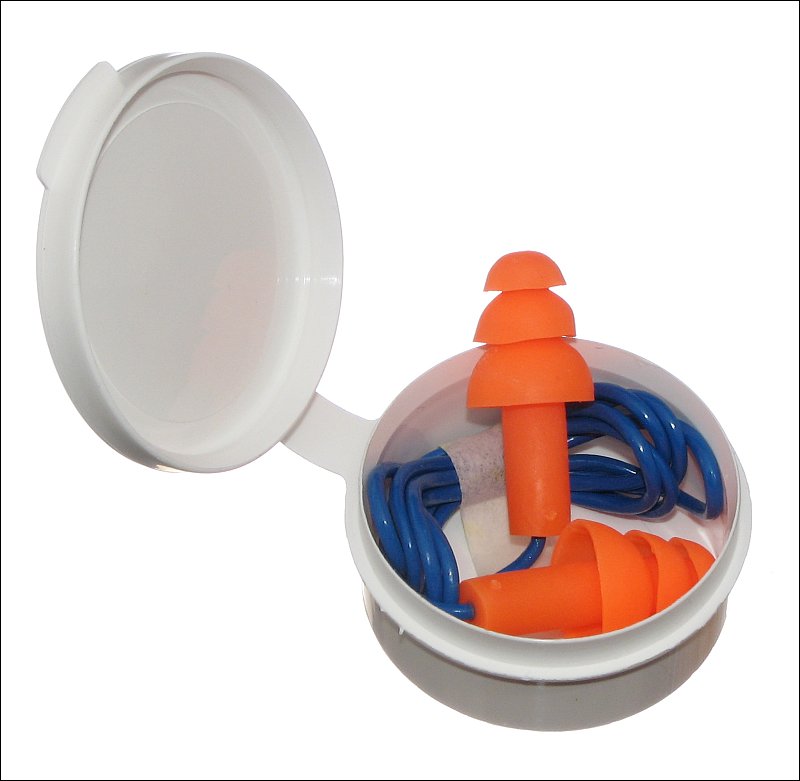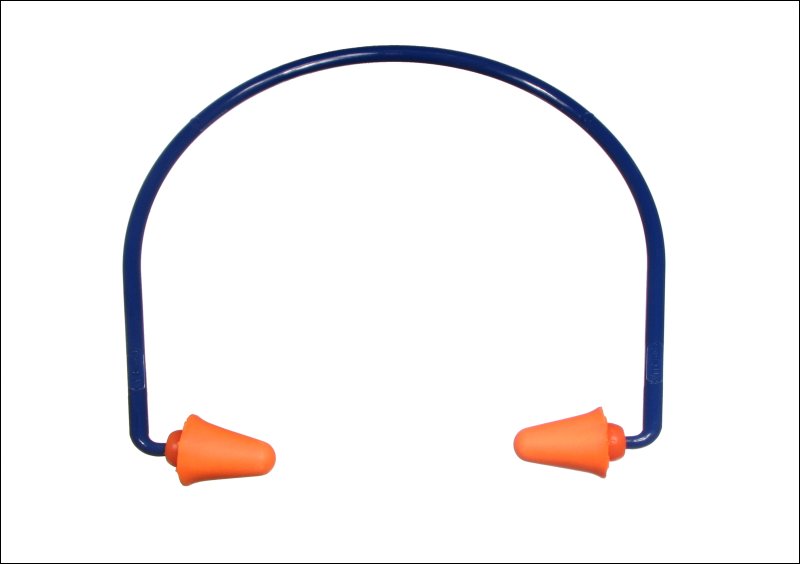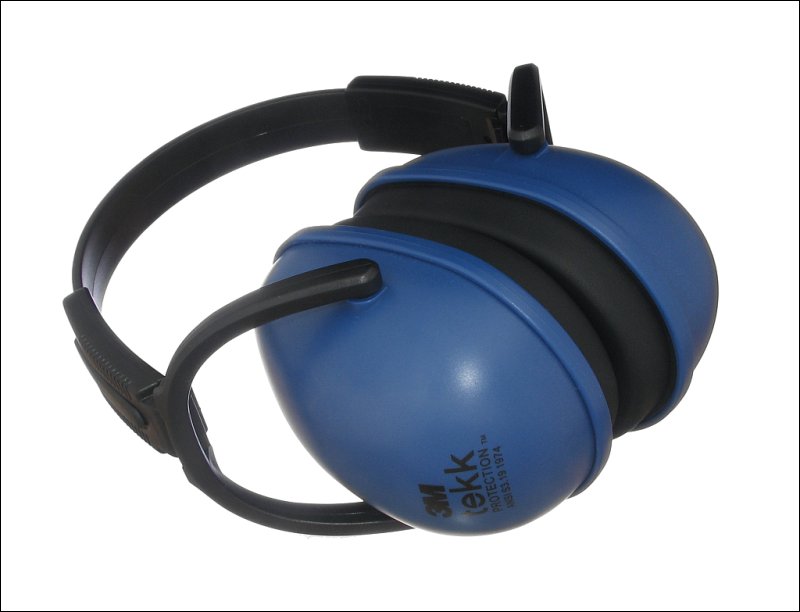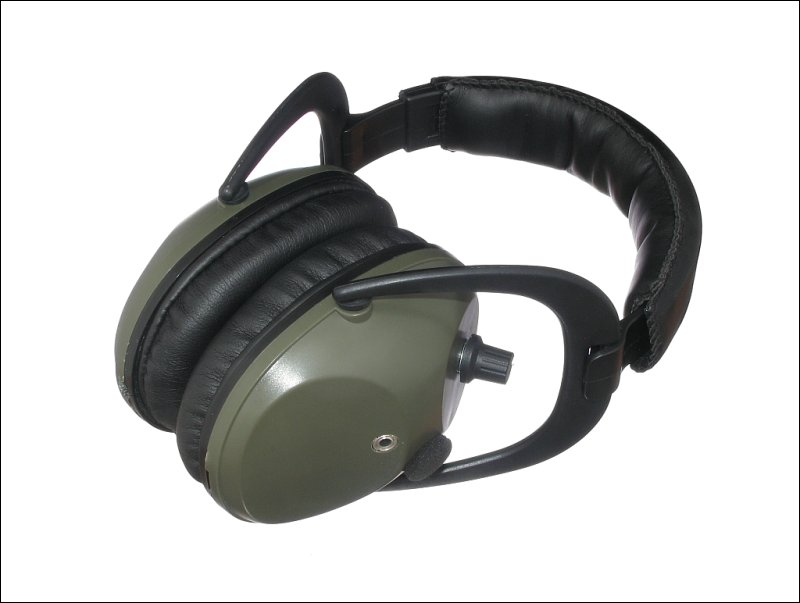 |
| Email Home Page |
 |
| Email Home Page |
|
|
|
Attenuation: The audio spectrum for humans is stated as 20Hz (Hertz - unit of measure for frequency - number of cycle per second) to 20,000Hz. This, however, is a bit optimistic for most people. From my experience, 30Hz-16kHz is more accurate. There are those who can hear to 20Khz and above but most people cannot.
Hearing Loss: Hearing loss starts with the higher frequencies. This may not seem important because vocal frequencies are near the low to mid part of the audio spectrum but it's the high frequency parts of speech that help you distinguish similar sounding words. When there is this type of loss, you have to repeatedly ask people to repeat what they've said. If you want to simulate this, pack loose cotton in your ears. This will attenuate (reduce) the higher frequencies. You'll see that it's a bit harder to understand what people are saying.
Level of Protection: For the better quality hearing protection, you may see a level of reduction vs frequency. As an example, you may see that the attenuation is only 20dB at 125Hz but 40dB at 8kHz. You need to choose hearing protection that will reduce the level of all frequencies to a safe level. If you're going to begin working somewhere that requires hearing protection, contact the employer to see what they suggest (what other employees like) or what's required. In some instances, you may have to use two protection devices to reduce the sound pressure to safe levels. This is generally done with foam ear plugs (no tether) worn with around-the-ear earmuffs.
Simple Foam Ear Plugs:
 These are similar to the ones above but don't go as deeply into the ear canal. They are more commonly used by those who need to change from protected to un-protected repeatedly.

Around-the-Ear Muffs:

Important: The ability to determine where a sound originates from requires that we have two independent inputs for sound (two ears). When sound is louder in one ear than the other, you can tell that the sound originated from the side of the ear that heard it at the higher level. When you use hearing protection, especially ear muffs, the ability to detect the location of the sound may be impaired.
Active Hearing Protection: The electronics in active hearing protection allows sound to be passed from external microphones to internal speakers. The internal amplifiers can actually amplify the perceived level and allow you to hear sounds that you wouldn't ordinarily be able to hear. The quality of active hearing protectors varies greatly, however. The first pair is a cheap pair and I cannot recommend them. They do what they are advertised to do but don't do it very well. The cheap pair amplifies sound but the frequency response is very limited. You can hear birds chirping and other higher frequency noises (upper vocal frequencies) but not much more. Although the second pair isn't audiophile quality, they do reproduce a much wider range of frequencies. The way these two operate is different as well. The cheap pair has two level controls. You have to turn on each side individually. There is no connection between the two ear cups.
 On both pairs, there is a jack to allow you to connect an audio source (MP3 player, FM radio, 2-way radio, phone...). The cheap pair only passes audio to the internal speakers when the internal amplifiers are off (volume control/switch set to off). The ones below allow the audio to pass through when the internal amplifiers are active. When the internal amplifiers are switched off, the audio from the audio source is switched off. The audio source level is affected by the volume control (only one control for the muffs below) but the control isn't linear. The level is about the same for the external source from minimum volume to 1/2 volume. Above 1/2 volume, the external volume increases significantly and remains at essentially the same level up to the maximum volume for the volume control.

Notes:
I've used these when cutting grass. They work well (although a bit warm) and allow you to hear the mower at a safe level (volume control set to about 60%). This is important because you want to be able to hear any sounds that may indicate that there's a problem. I used it with an MP3 player (Sanza Fuze+) and while it didn't play quite loudly enough, it was clearly audible (probably better for listining to a ball game than for music). The glasses didn't prevent the muffs from sealing properly.
|
|
|
|